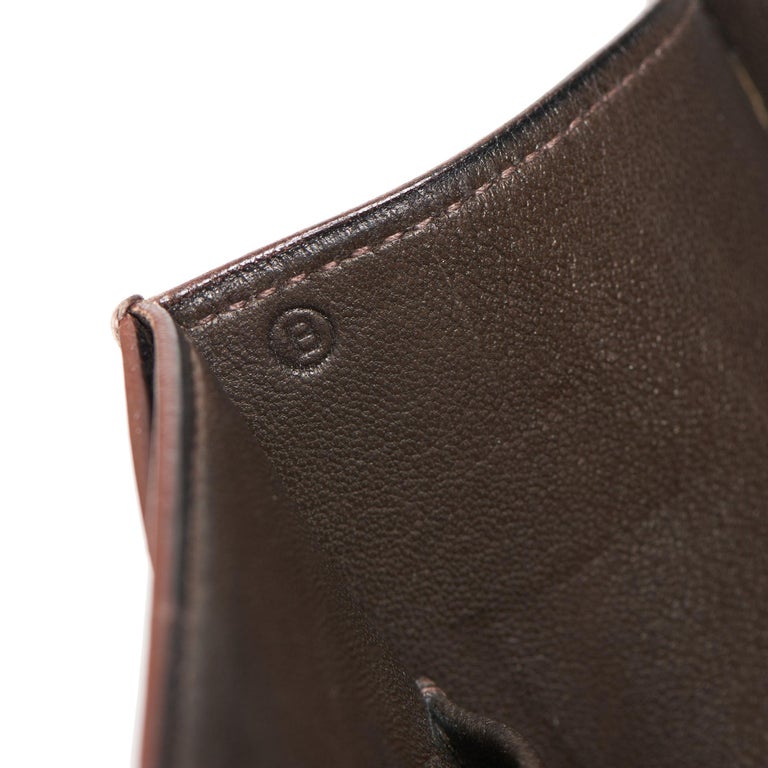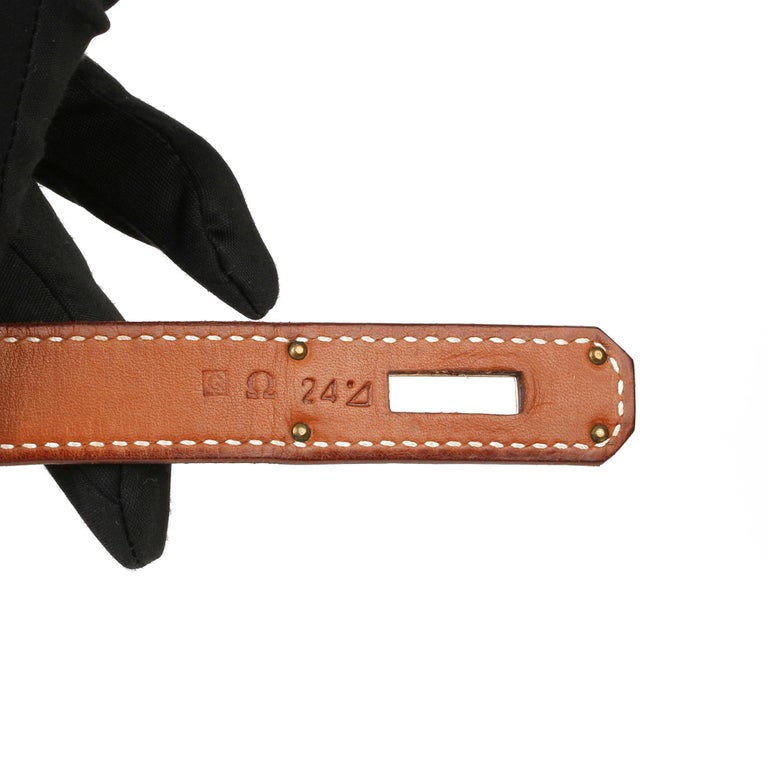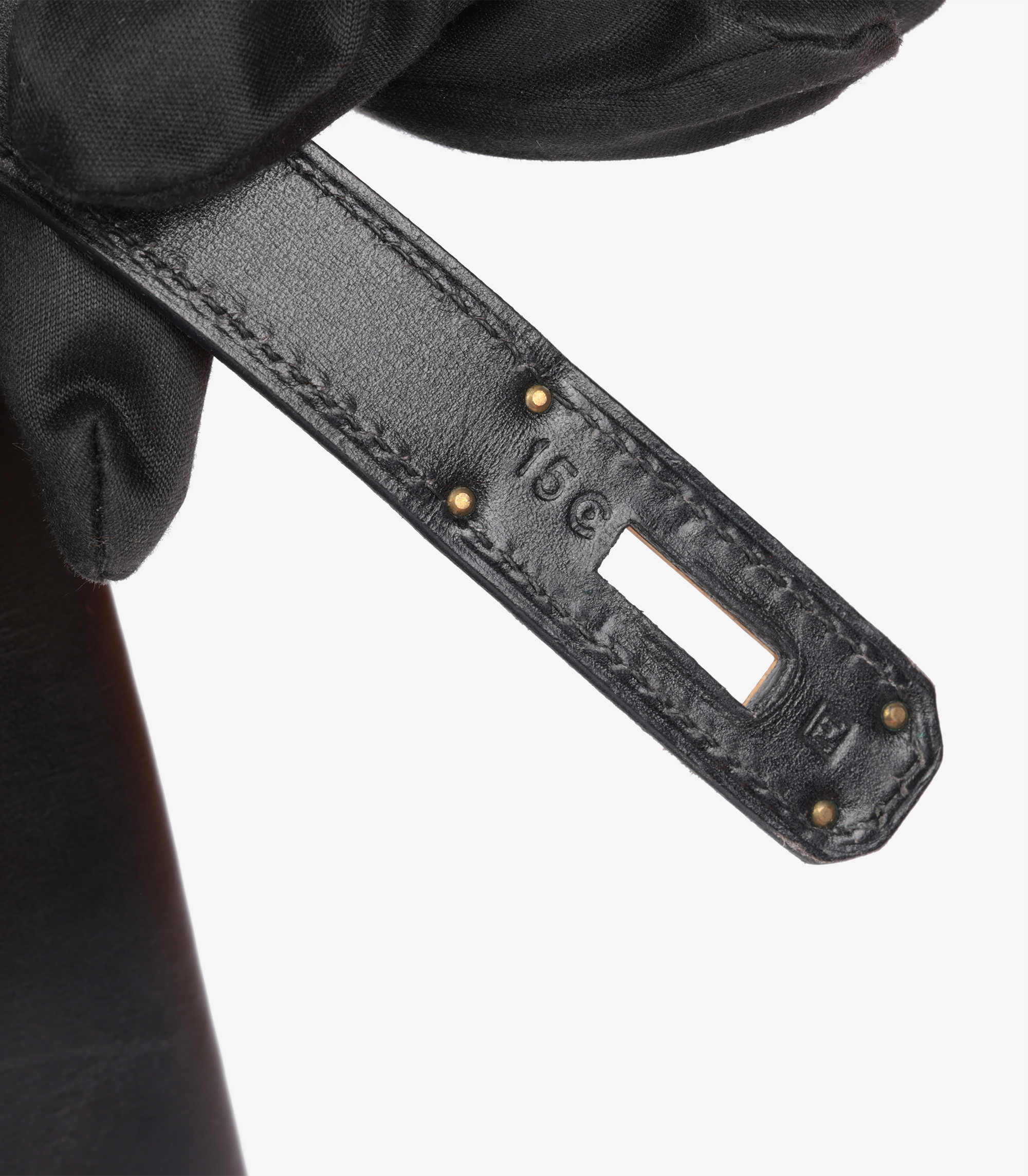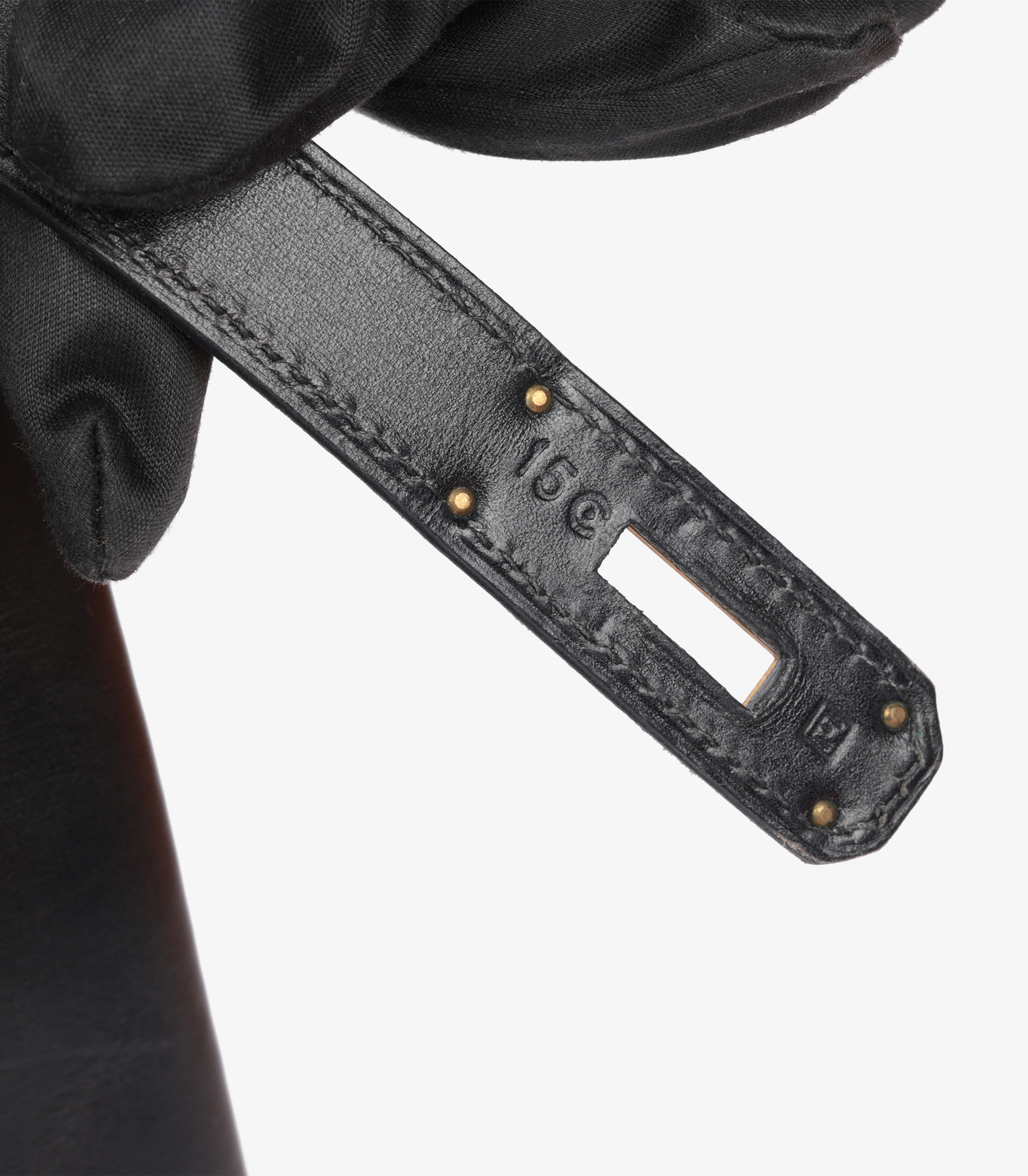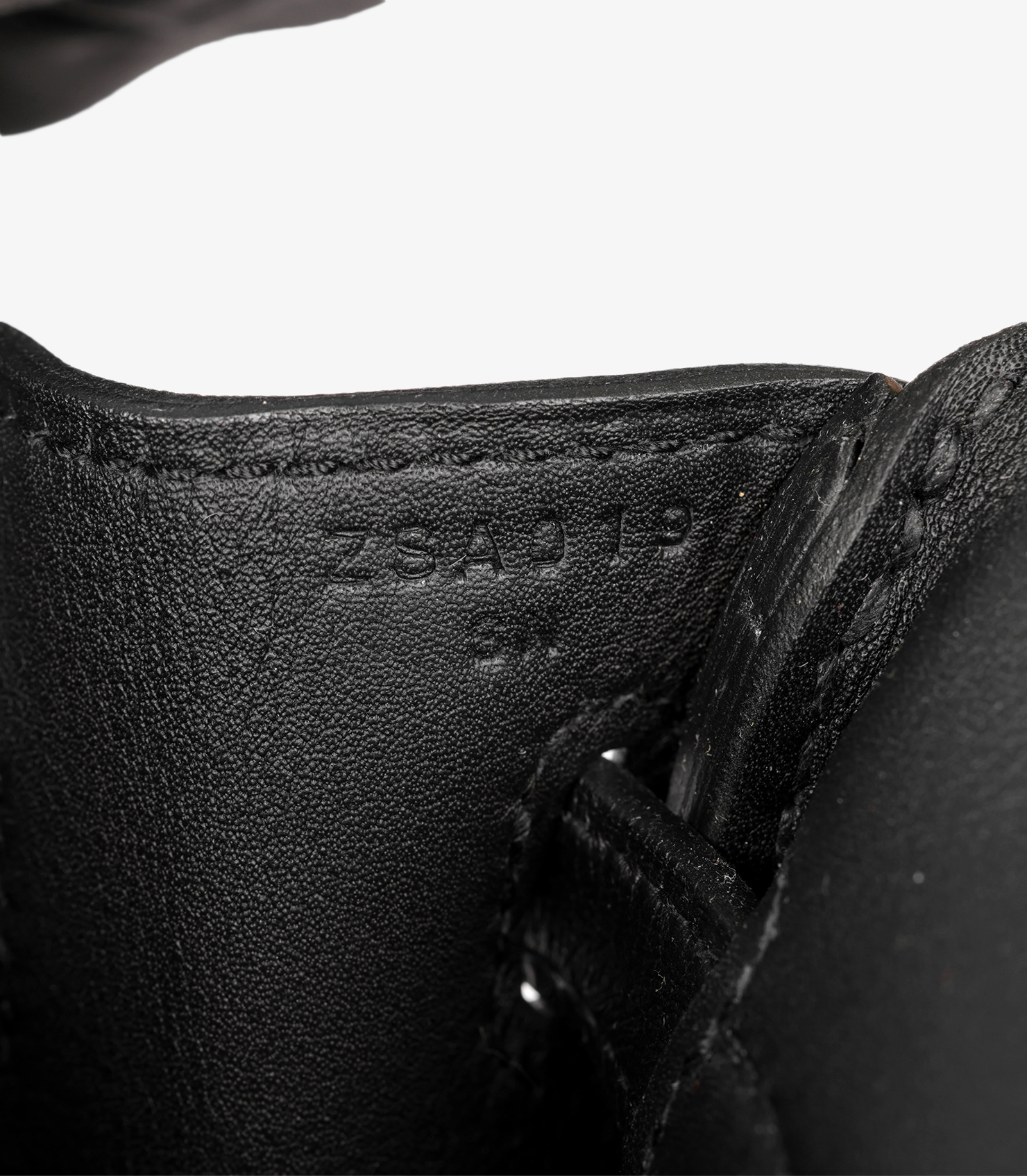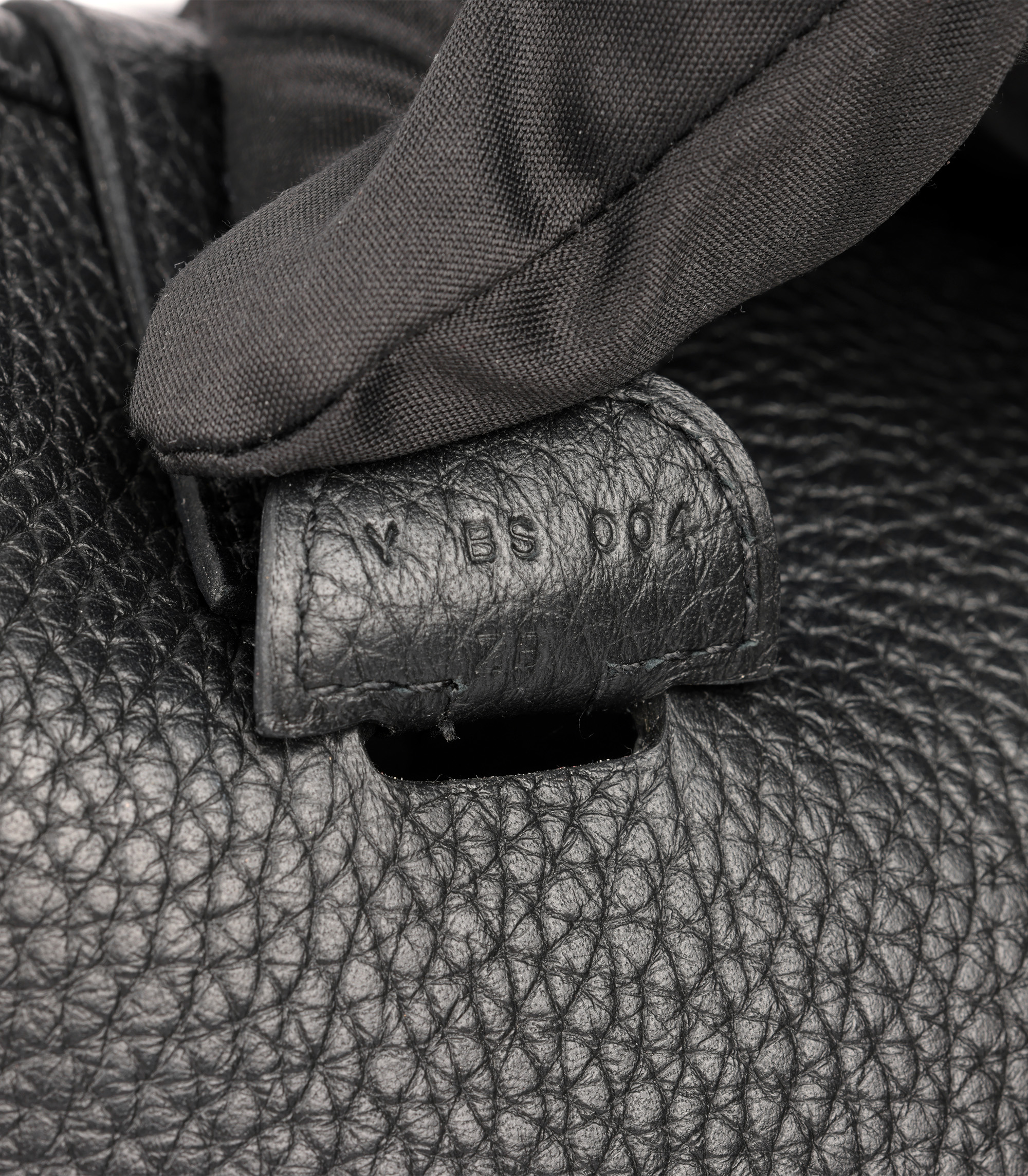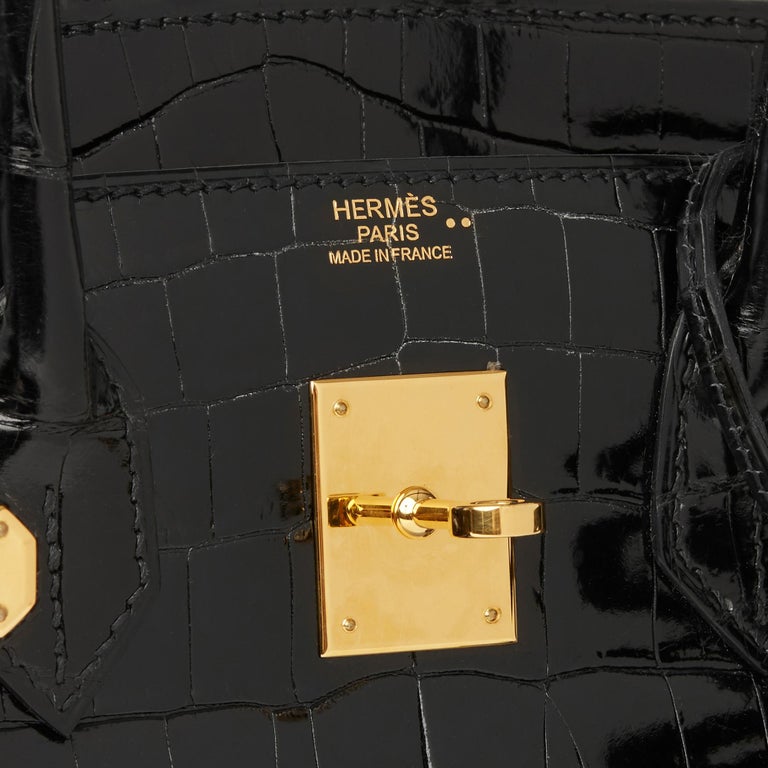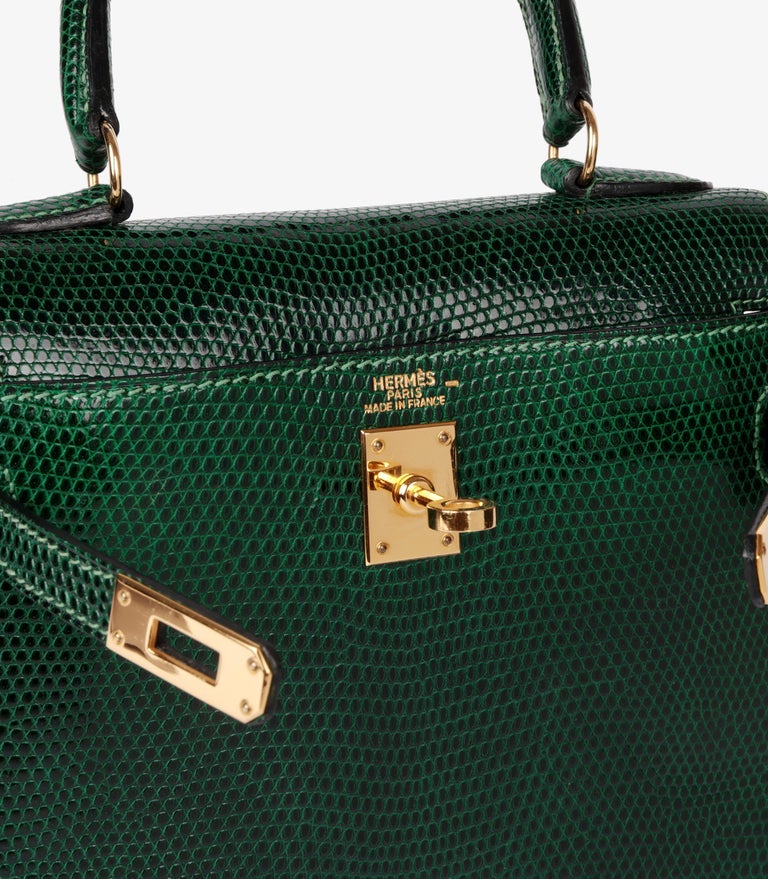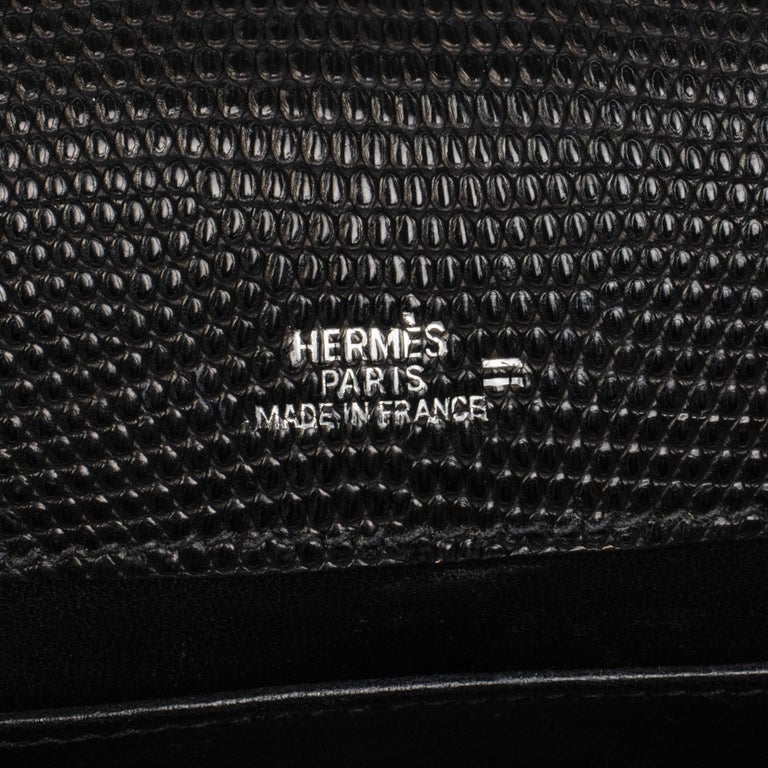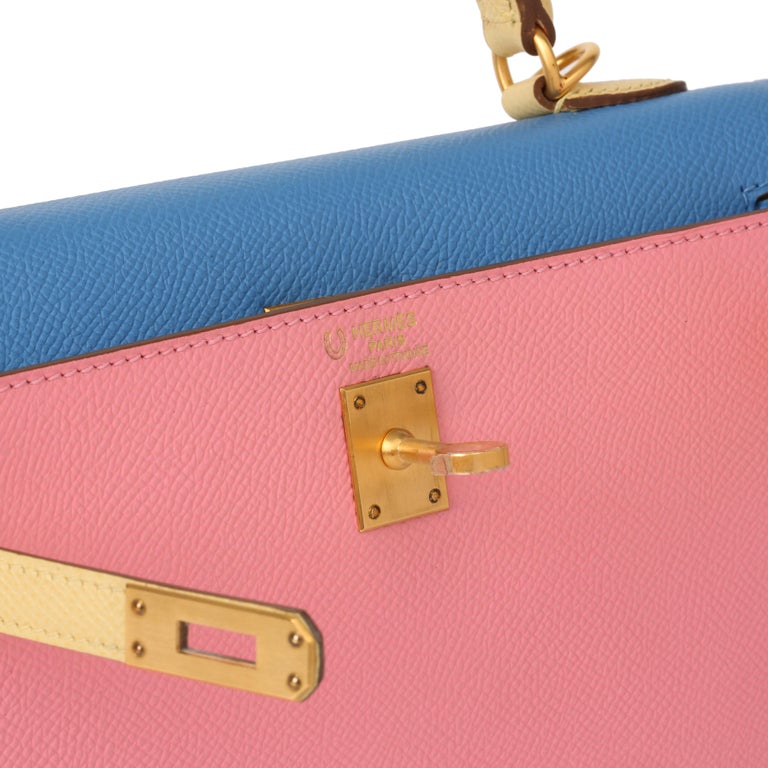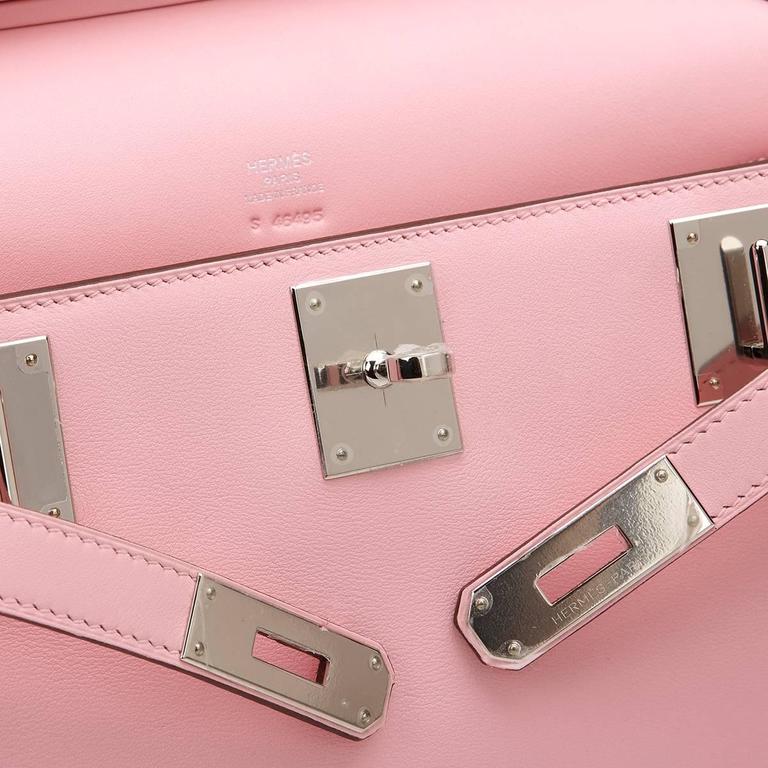The Ultimate Guide to Hermès Date Stamps: History, Types, and Authentication

Hermès, a symbol of luxury and unparalleled craftsmanship, employs a unique system of stamping its products to signify their authenticity and origins. These stamps, often referred to as "blind stamps" or "date codes," are crucial for collectors and enthusiasts. Understanding these stamps can significantly enhance the appreciation and value of Hermès products, especially in the vintage and pre-loved market.
Introduction to Hermès Date Stamps
Hermès date stamps are unique embossed marks found on the brand's leather goods. They indicate the year of manufacture, the artisan involved, and sometimes additional details such as the specific atelier section or the type of exotic leather used to create the piece. These stamps are indispensable for authenticating Hermès products and play a crucial role for collectors and luxury buyers.
History and Evolution of Hermès Date Stamps
The history of Hermès date stamps is a fascinating journey that reflects the brand’s commitment to craftsmanship. Since 1945, Hermès has employed a system of blind stamps to indicate the year of manufacture, ensuring each piece’s traceability and authenticity. This system has evolved over the decades, adapting to the brand's growing production and the need for more detailed information. From simple alphabetic stamps to complex codes incorporating shapes and numbers, the evolution of Hermès date stamps offers a unique insight into the brand's storied past and ongoing dedication to excellence. Understanding this evolution is essential for collectors and enthusiasts to accurately date and authenticate Hermès items, enhancing their appreciation and value.
1945-1970: The Alphabet Stamps
Hermès started using date stamps in 1945. During this period, the stamps consisted of single letters that corresponded to specific years. This straightforward system laid the foundation for future date coding.
|
1945 – 1970 (No Shape) |
||
| 1945: A | 1954: J | 1963: S |
| 1946: B | 1955: K | 1964: T |
| 1947: C | 1956: L | 1965: U |
| 1948: D | 1957: M | 1966: V |
| 1949: E | 1958: N | 1967: W |
| 1950: F | 1959: O | 1968: X |
| 1951: G | 1960: P | 1969: Y |
| 1952: H | 1961: Q | 1970: Z |
| 1953: I | 1962: R | |
1971-1996: Circle Stamps
To expand beyond the 26 letters, Hermès introduced shapes around the letters in 1971. These shapes (circles) helped distinguish different decades.
|
1971 – 1996 (Circle) |
||
| 1971: A (in a circle) | 1980: J (in a circle) | 1989: S (in a circle) |
| 1972: B (in a circle) | 1981: K (in a circle) | 1990: T (in a circle) |
| 1973: C (in a circle) | 1982: L (in a circle) | 1991: U (in a circle) |
| 1974: D (in a circle) | 1983: M (in a circle) | 1992: V (in a circle) |
| 1975: E (in a circle) | 1984: N (in a circle) | 1993: W (in a circle) |
| 1976: F (in a circle) | 1985: O (in a circle) | 1994: X (in a circle) |
| 1977: G (in a circle) | 1986: P (in a circle) | 1995: Y (in a circle) |
| 1978: H (in a circle) | 1987: Q (in a circle) | 1996: Z (in a circle) |
| 1979: I (in a circle) | 1988: R (in a circle) | |
1997-2014: Square Stamps
In 1997, Hermès shifted to using squares around the letters.
|
1997 - 2014 (Square) |
|
| 1997: A (in a square) | 2006: J (in a square) |
| 1998: B (in a square) | 2007: K (in a square) |
| 1999: C (in a square) | 2008: L (in a square) |
| 2000: D (in a square) | 2009: M (in a square) |
| 2001: E (in a square) | 2010: N (in a square) |
| 2002: F (in a square) | 2011: O (in a square) |
| 2003: G (in a square) | 2012: P (in a square) |
| 2004: H (in a square) | 2013: Q (in a square) |
| 2005: I (in a square) | 2014: R (in a square) |
2015-Present: Complex Codes
From 2015 onwards, Hermès adopted more complex codes, combining letters and numbers. This new system includes a combination of single or multiple letters, sometimes accompanied by additional symbols or numbers to denote specific details about the bag's production.
|
2015 - Present (No Shape) |
|
| 2015: T | 2020: Y |
| 2016: X | 2021: Z |
| 2017: A | 2022: U |
| 2018: C | 2023: B |
| 2019: D | 2024: W |
Noteworthy Irregularities in Hermès Date Stamps
2011 Double-Blind Stamp
In 2011, Hermès produced a curious anomaly where some bags featured a double-blind stamp. This consisted of the "O Square" date stamp interlinked with a "J" craftsman stamp. The reason for this occurrence is unknown, but it was seen across various handbag styles throughout that year.
2014 R Without Shape
Towards the end of 2014, Hermès began transitioning to their new blind stamp system. While the standard for 2014 was an "R" within a square, some bags produced in late 2014 featured an "R" without any shape. This marked the early adoption of the new system that would be fully implemented in 2015.
Locations of Hermès Date Stamps
Specific Examples:
Birkin and Kelly Bags (Post-2016): Stamp is located on the left side of the interior, close to the back flap.
Constance Bags: Typically found on the middle interior panel.
Vintage Models: Stamps can be under the tab or on the underside of the strap.
Types of Hermès Stamps and Their Meanings
Alphabet Stamps
These single letters represent the year of manufacture. They provide a quick reference to determine the production year of the item. For instance:
A: Represents a specific year, different from B, and so on. Each letter correlates to a particular year in a sequential manner, making it straightforward to date the item.
Shape Stamps
Shapes around the letters were introduced to distinguish different decades, adding another layer of specificity to the date stamps:
Circle (O): Used from 1971 to 1996. This shape helps differentiate these years from other periods.
Square (☐): Used from 1997 to 2014. The square shape continues the distinction but for a new set of years.
Artisan Stamps
These stamps include additional numbers or letters indicating the craftsman or the atelier section. They provide insight into who crafted the item and sometimes the specific workshop where it was made:
Examples: Additional codes like "123" or "A1" can denote specific artisans or workshops. This adds a personal touch to the product, linking it directly to the skilled hands that created it.
Exotic Leather Stamps
Hermès uses unique stamps to indicate the type of exotic leather used. These stamps are usually found next to the ‘Hermès Paris, Made in France’ stamp and help in identifying the material, which can significantly affect the value and care requirements of the item.
Special Stamps
These symbols denote specific circumstances or special orders, adding another layer of uniqueness to the item
Detailed Breakdown of Date Stamps
Early Stamps (1945-1970)
During this period, each year was represented by a single letter without any additional symbols. This simple system made it easy to identify the production year.
Circle and Square Stamps (1971-2014)
With the introduction of shapes, Hermès added an additional layer of complexity. The circle and square stamps provided a clear demarcation between different decades, helping to prevent confusion between similarly named years.
Modern Stamps (2015-Present)
The modern system, with its combination of letters and numbers, reflects the increasing complexity of Hermès production. This system also includes additional codes to represent the artisan or atelier, making it a comprehensive identifier.
Importance of Hermès Date Stamps
Understanding Hermès date stamps is vital for:
Authenticating Products: Ensuring the item is a genuine Hermès product. Authenticity is crucial for maintaining the value and reputation of Hermès items in the market.
Identifying Production Year: Determining the bag's age and history. Knowing the exact year of production can provide context about the item's design and materials.
Assessing Value: Older or rare stamped bags often have higher market value. Date stamps can help determine the rarity and thus the value of a piece.
Identifying Colours: Certain colours are unique to specific years, aiding in verifying the exact shade. This can be especially important for collectors looking for specific editions or variations.
How to Use Hermès Date Stamps for Authentication
While date stamps are an excellent initial indicator of authenticity, they are not foolproof. Counterfeiters may replicate these stamps. Therefore, it is crucial to:
Purchase from Trusted Sources: Buy from Hermès boutiques or reputable resellers like Xupes. Ensuring that the source is reliable can significantly reduce the risk of purchasing counterfeit items.
Professional Authentication: Have items authenticated by experts who inspect all aspects of the bag beyond the date stamp. Professionals can identify nuances and details that may be overlooked by an untrained eye.
Hermès date stamps are a testament to the brand’s rich history and meticulous craftsmanship. For collectors and enthusiasts, understanding these stamps not only enhances appreciation but also ensures the authenticity and value of their collections. Whether buying new or pre-loved, being knowledgeable about Hermès date stamps is essential for making informed purchasing decisions and preserving the legacy of these luxury items.



